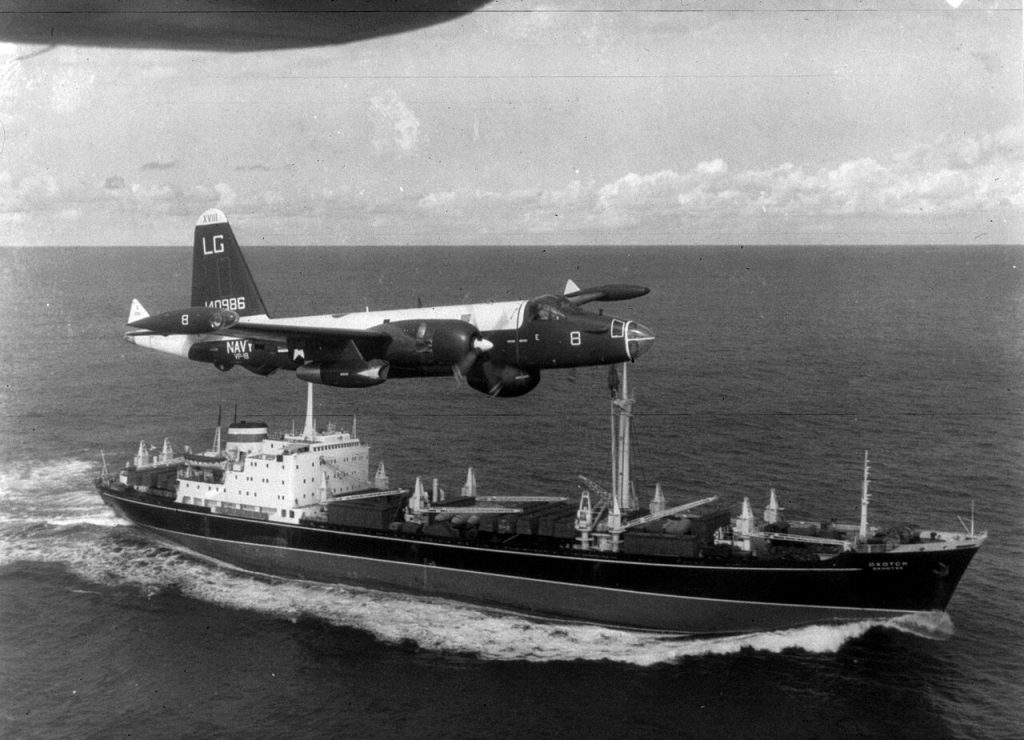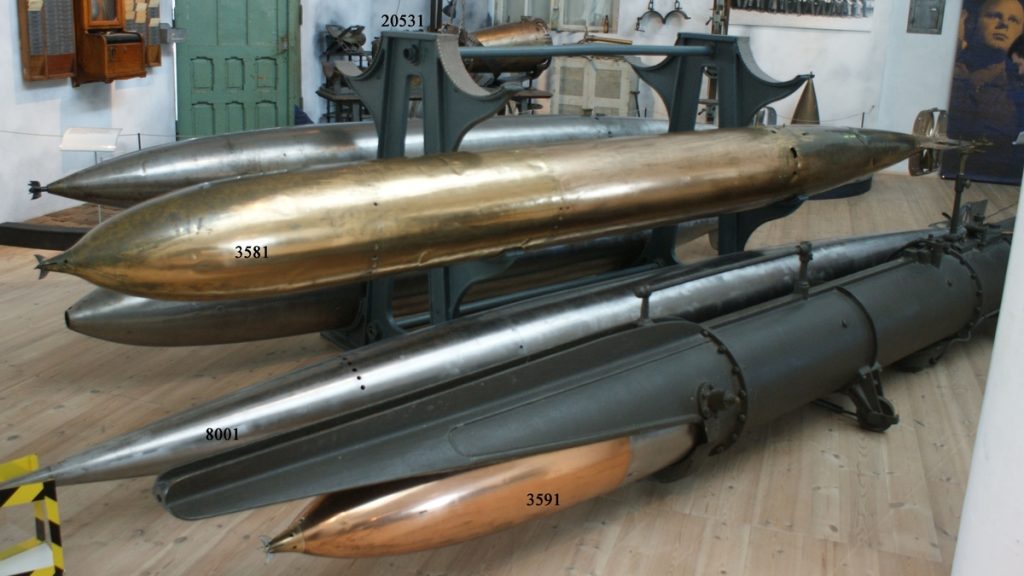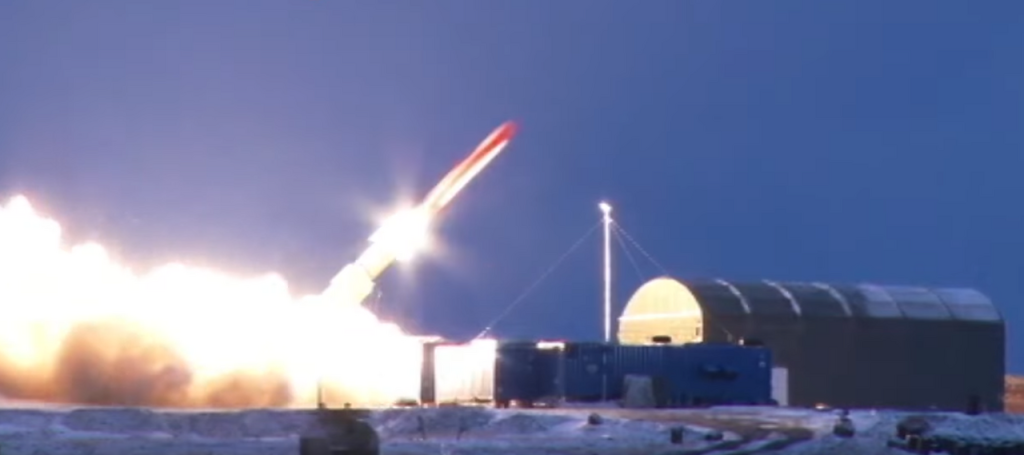
In a move evocative of the Cuban Missile Crisis, Russia is openly considering basing nuclear-capable hypersonic missiles in Venezuela 2,000 miles from the U.S. mainland. Layered onto the escalating tensions between Washington and Caracas, this new development has defense analysts warning of a dangerous new flashpoint in the Western Hemisphere.
Taken together, Kremlin rhetoric and appeals by Venezuela for military aid from Moscow, Beijing, and Tehran make this a studied test of U.S. will. With both sides already flexing naval and aerial power in the Caribbean, the stage is set for a confrontation that could reshape strategic balances and revive Cold War-style brinkmanship.

1. The Oreshnik Hypersonic Missile Threat
The Oreshnik is an intermediate-range ballistic missile based on the RS-26 Rubezh and capable of more than Mach 10 speeds, reportedly up to ranges as high as 3,418 miles. President Vladimir Putin has described it as “a weapon that ensures parity and strategic balance,” while Dmitry Medvedev claimed it “changed the course of the Ukrainian conflict.” Because it’s nuclear-capable, it would theoretically be able to strike major U.S. cities from Venezuelan soil-a capability that would elude existing American missile defenses. Alexey Zhuravlev, deputy chairman of the State Duma’s defense committee, said there were “no obstacles” to supplying the Oreshnik to Venezuela, underlining the seriousness of Moscow’s intent.

2. Venezuela’s Strategic Lure to Moscow
According to leaked U.S. government documents, Maduro personally asked Putin for financing, radar systems, aircraft repairs, and missile deliveries, apart from requests for drones and electronic warfare equipment from Iran. Maduro couches the requests in terms of a defensive posture against perceived U.S. encirclement, referring to the recent build-up of U.S. naval presence in the Caribbean. The Sukhoi Su-30MK2 fighters already in-country are considered by Caracas as “the most important deterrent” against eventual strikes by the United States.

3. Echoes of the Cuban Missile Crisis
The parallels to 1962 are uncanny: a superpower placing offensive arms in America’s backyard, with the associated risks of rapid escalation. Then-President John F. Kennedy’s ultimatum that any missile to leave Cuba would provoke full retaliation finds its modern echo in analysts warning about similar risks. The Institute for the Study of War has called on Washington to “deny delivery and emplace, detect preparations early, and impose rapid costs” to avoid Cold War brinksmanship.

4. Kalibr Cruise Missiles and Covert Deployment
Beyond Oreshnik, Russia may also transfer its Kalibr cruise missile systems to Venezuela. These dual-capable weapons have been used to great effect against military and civilian targets in Ukraine. The versatility-which allows them to be launched from ships, submarines, or even disguised shipping containers-makes them difficult to detect and a potent tool for conventional or nuclear deterrence. Logistically, the movement of such systems across the Atlantic would most likely need the use of An-124 heavy-lift aircraft, making any transfer highly visible to Western intelligence.

5. Poseidon Nuclear-Powered Torpedo
Add to that the recent testing of Russia’s Poseidon underwater drone, and the level of strategic messaging escalates further. Intended to deliver multi-megaton nuclear payloads against coastal targets, Poseidon could potentially create radioactive tsunamis and evade detection because of its deep-operating profile. At the moment, some think that it is little more than a psychological weapon, but plans by the Kremlin to produce at least 30 units and their deployment on specialized submarines speak volumes about long-term investment in unconventional deterrence.

6. Burevestnik Nuclear-Powered Cruise Missile
Moscow boasts that the Burevestnik, also known as the SSC-X-9 Skyfall, has unlimited range and is able to dodge missile defenses. In an October 21 test, it was said to fly some 8,700 miles in 15 hours. Western experts are deeply skeptical, not just because of its poor test record but also because of the environmental hazards due to its radioactive exhaust. Putting that aside, Putin has described it as “unique,” and its development reflects Russia’s willingness to invest in exotic systems in the service of signaling technological prowess and strategic unpredictability.

7. U.S. Military Build-Up in the Caribbean
Under Trump, the U.S. has deployed fighter jets, bombers, drones, spy planes, warships and Marines to the Caribbean, citing efforts to disrupt drug trafficking. Those operations have resulted in over a dozen strikes and more than 60 deaths, since September, with many of the targets departing from Venezuelan shores. The Pentagon also conducted B-52 bomber patrols along Venezuela’s coast, reinforcing deterrence but increasing risk of miscalculation.

8. Russian Air Defence Deliveries
Zhuravlev further confirmed that Pantsir-S1 and Buk-M2 air defense systems, designed to intercept aircraft, cruise missiles, and drones, have indeed been delivered by Russian Il-76 transport aircraft. These have seen widespread usage in Ukraine but suffered considerable losses there. Their presence in Venezuela would complicate any U.S. air operations and also add to Caracas’s layered defense network.

9. Strategic Partnership and Arms Production
Last year, Russia and Venezuela signed a strategic partnership treaty in Moscow, expanding military and economic ties. In addition to the missile systems, Russia is opening a Kalashnikov factory in Maracay to produce AK-series rifles for Venezuelan forces. This capacity for arms production bolsters Caracas’ self-sufficiency and cements Russia’s role as its main military supplier-a position held by the United States for decades under socialist rule. Any deployment of Russian nuclear-capable missiles to Venezuela carries implications far beyond a simple arms sale: it is a geopolitically calculated move with the intent to probe U.S. resolve and alter strategic balances in the Americas.
For both parties, Cold War precedents invoked and high-tech hardware on display make the risk of miscalculation tangible. The challenge for defense planners and analysts now is one of managing deterrence without provoking escalation-and one that is certainly complicated by the speed, reach, and unpredictability of the systems now coming into play.


